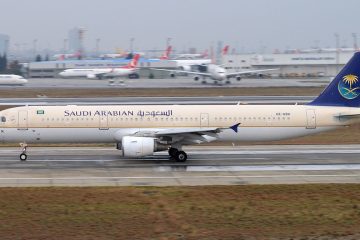Understanding the TSA’s Role in Airport Security

Introduction
The Transportation Security Administration (TSA) plays a vital role in the safety and security of the United States’ aviation system. Established after the attacks of September 11, 2001, the TSA was created to protect air travel and enforce security measures at airports across the nation. As the global landscape of air travel evolves, so too does the importance of the TSA in ensuring not only the safety of passengers but also the integrity of the transport system.
Recent Developments
In recent months, the TSA has been adapting its security protocols in response to shifting passenger volumes and emerging threats. Following a significant increase in air travel as pandemic restrictions eased, the TSA projected over 2.4 million passengers would travel through U.S. airports during the peak summer season of 2023. Consequently, the agency has been working to streamline security processes while maintaining stringent safety standards.
In September 2023, the TSA announced the expansion of its PreCheck program, which allows passengers to go through expedited screening. This expansion aims to make air travel more efficient, especially as airports continue to manage high passenger flow. Moreover, the TSA has introduced updated technology scanners that enhance its capability to detect prohibited items without requiring passengers to remove laptops and liquids from their bags, thus further improving the screening experience.
Ongoing Challenges
Despite these advancements, the TSA faces several challenges moving forward. Cybersecurity is one primary concern as the agency copes with the increasing digitisation of operational procedures. Recent incidents in the cyber realm have raised alarms about potential vulnerabilities in airport systems.
Another significant issue is staffing. The TSA has been actively recruiting, particularly after experiencing workforce reductions during the pandemic. Efforts to hire more Transportation Security Officers (TSOs) are crucial for maintaining efficient operations, especially during high travel seasons.
Conclusion
The Transportation Security Administration remains a critical component of the U.S. aviation security framework. With ongoing changes in air travel and technology, the TSA is continually adapting to meet new challenges and ensure the safety of millions of travellers each day. As we look to the future, the agency’s efforts to streamline security while enhancing passenger experience will be pivotal for both domestic and international air travel.









